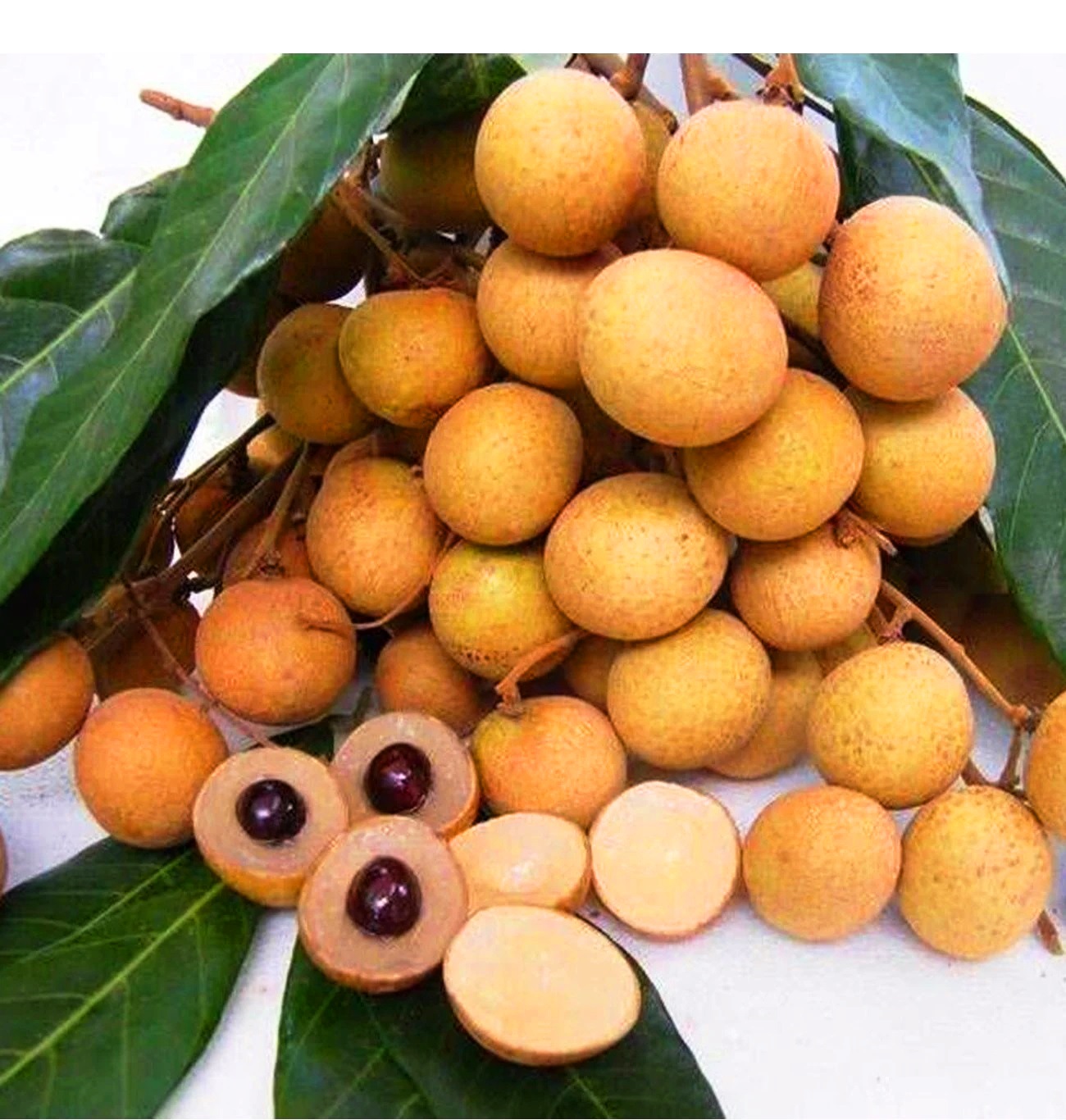Dimocarpus, longan, dragon, eye, lychee, rambutan
Dimocarpus, longan, dragon's eye, lychee, rambutan, tropical, subtropical, Kwangtung, Kwangsi, Schezwan, Fukien, China, Florida, august, september, potassium, copper, Malaysia, saponin, tannin, oil, aroma
Dimocarpus longan (Longan dragon eye)
Dimocarpus longan (Longan dragon eye)
Longan is mainly grown in tropical and subtropical regions such as southern China. In China, it is found mainly in the provinces of Kwangtung, Kwangsi, Schezwan, and Fukien. After a long cool weather in winter, without frost, longan trees bloom better. Longan fruits ripen in mid-August in China and in August and September in Florida.
Longan is a member of the sapinnceous family, similar to lychee and rambutan. The longan tree is 9-12 m high, 14 m wide, 76 cm thick with a hard bark trunk and long, spreading, slightly drooping, branches with dense leaves. It is evergreen, elliptical, oval-oblong. The outer skin of the longan fruit is light brown, the interior is white, translucent, juicy and has a sweet aroma.
Longan is popular with Chinese people because the Chinese believe that eating dragon and longan is good for human health. In medicine, the flesh of the fruit is used as an antidote for poisoning, and as a result of drying and boiling the fruit, tonic is obtained. Longan is a good source of potassium and copper.
In northern and southern Vietnam, too, the "eye" of the longan seed is pressed against a snakebite in the belief that it will absorb the venom. The leaves and flowers are sold in Chinese herbal markets but are not part of ancient traditional medicine. Its dried flowers are also exported to Malaysia for medicinal purposes. Its seeds are applied to prevent heavy sweating, and the powdered kernel containing saponin, tannin and oil acts as a styptic. The seeds are also used like soap (Sapindus saponaria L.) for shampooing hair, due to its saponin content.

